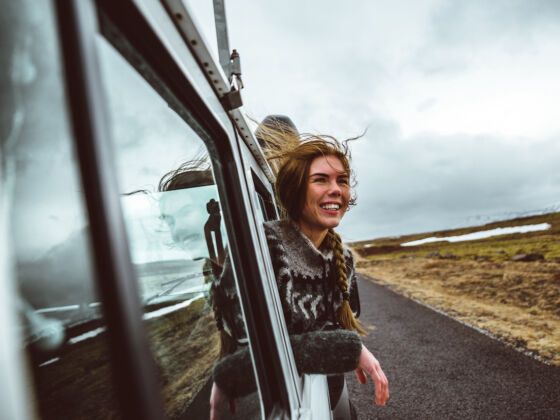STRONG NARRATIVE ESSAYS are always moving. They start with action–the narrator snowboarding with the Aspen Ski Patrol, for example, then deepen the scene with descriptions–the dry powder, the steep bowls, the late January sky.
Then they quickly move to background information–aspects of the ski patrol, how they respond to calls–and then cycle back over and over.
